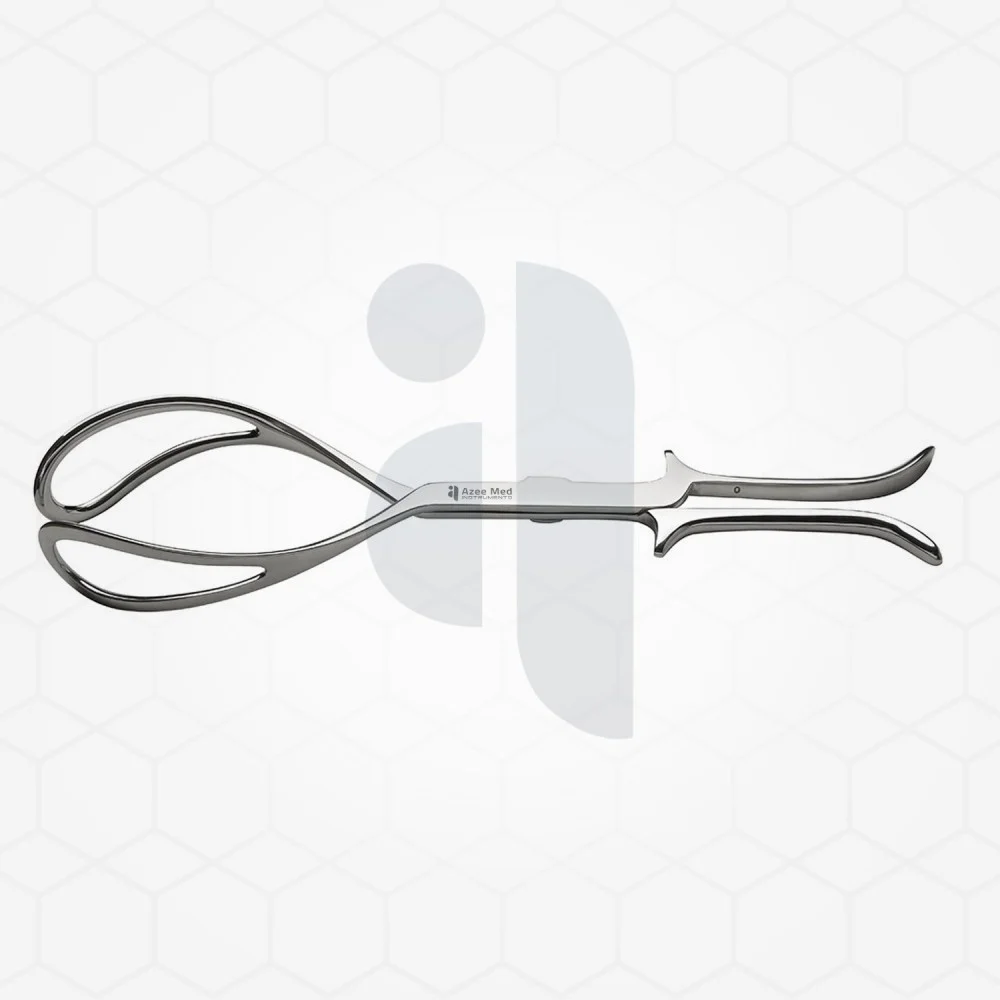Kielland forceps are one of the most specialized and versatile instruments used in obstetrics for assisted vaginal deliveries. Designed to provide greater maneuverability and control, these Kielland forceps are particularly useful in cases of difficult fetal positioning, such as when the baby’s head is rotated or misaligned within the birth canal. Their unique design allows obstetricians to perform rotational maneuvers with minimal trauma, making them an invaluable tool in modern childbirth.
Unique Design and Functionality
Kielland forceps are distinct from other obstetric forceps due to their sliding mechanism, which allows one blade to move independently of the other. This feature makes them especially effective for correcting malpositions of the fetal head, such as occiput posterior or transverse positions. The blades are long and gently curved, designed to fit around the fetal head while exerting minimal pressure on the soft tissues.
Another defining characteristic is the shallow pelvic curve, which enables easier insertion and adjustment during delivery. Unlike traditional forceps that rely on traction alone, Kielland forceps are primarily used for rotation, helping align the baby’s head with the birth canal before extraction. This rotational ability is critical in cases where the baby’s head is not optimally positioned for a smooth delivery.
Applications in Difficult Deliveries
Kielland forceps are most commonly used in cases where labor has stalled due to an abnormal fetal position. When the baby’s head is not facing the correct direction for delivery, natural descent can be delayed, increasing the risk of complications for both the mother and the baby. By carefully rotating the head into the optimal position, these forceps assist in facilitating a safer and quicker birth.
In addition to malposition corrections, Kielland forceps are also beneficial in cases of maternal exhaustion or when prolonged labor poses risks to the baby. By reducing the time spent in the second stage of labor, the use of these forceps can help prevent fetal distress and complications such as oxygen deprivation. Their precision ensures that the necessary adjustments can be made without excessive force, reducing the risk of injury to both mother and child.
Benefits and Considerations
One of the primary advantages of Kielland forceps is their ability to perform delicate rotational movements with minimal trauma. Their design allows for controlled and gradual adjustments, preventing unnecessary strain on the fetal skull and maternal tissues. This makes them a preferred choice in situations where vacuum extraction may not be effective.
However, using Kielland forceps requires a high level of skill and experience. The sliding mechanism and rotational function demand precise handling to ensure safe outcomes. Proper training and expertise are essential to minimize risks such as excessive pressure on the baby’s head or soft tissue damage to the mother. When used correctly, Kielland forceps can significantly improve delivery success rates and reduce the need for cesarean sections in complicated cases.
Conclusion
Kielland forceps remain an essential tool in obstetric practice, providing a reliable solution for difficult deliveries involving fetal malposition. Their unique design and rotational capability offer significant advantages in ensuring safer and more controlled births. While they require specialized training to use effectively, their benefits in reducing labor complications and promoting successful vaginal deliveries make them a valuable instrument in modern maternity care.





Comments